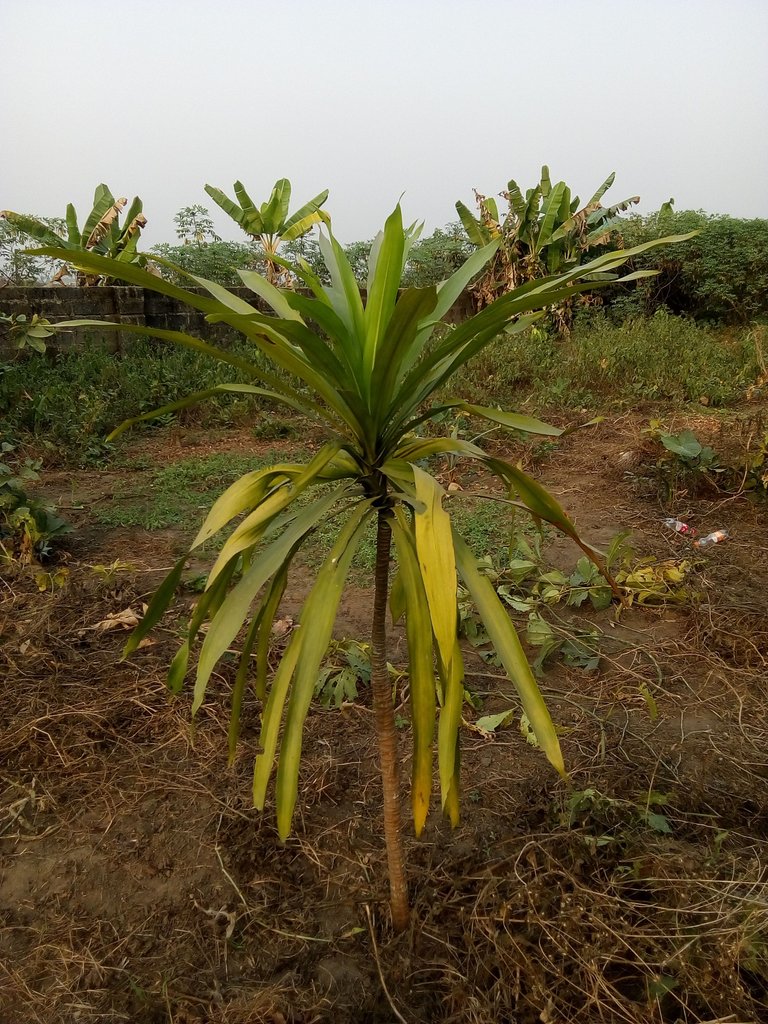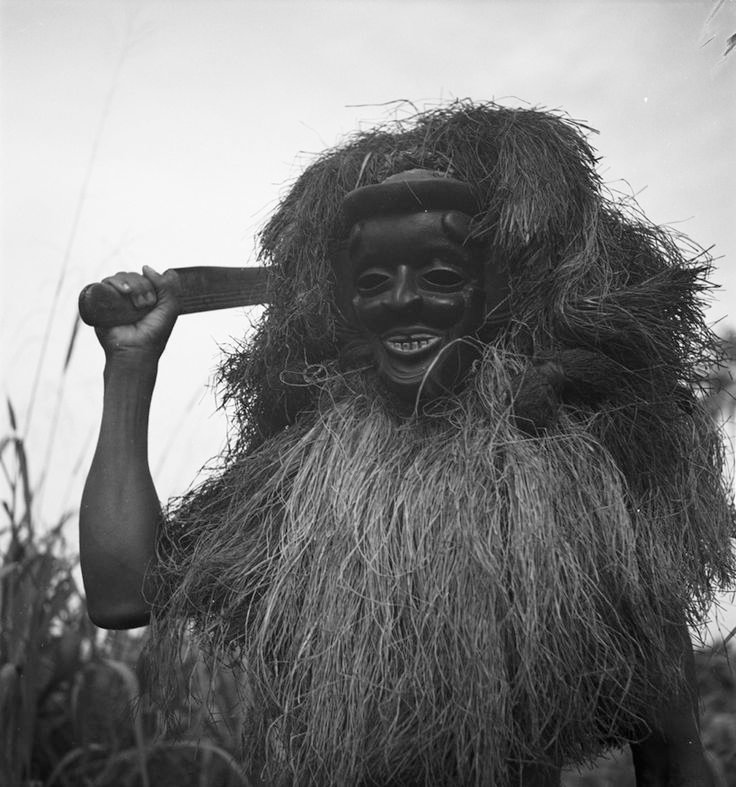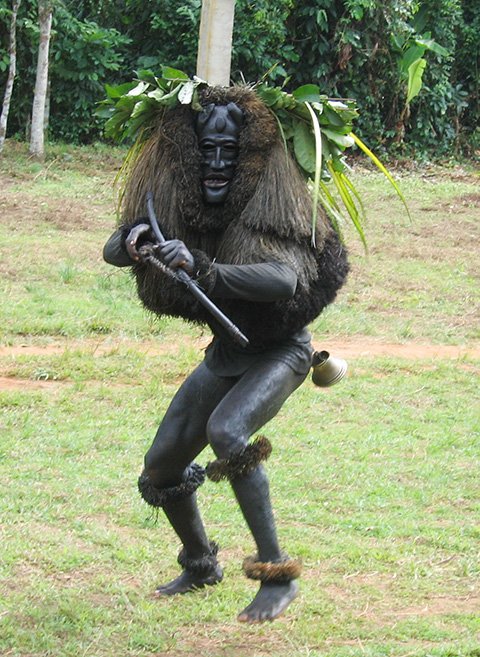Afaha abia is centrally located in Nsit ibom local government area, 25km from uyo, the Akwa ibom state capital.
Afaha abia is a core Ibibio community of Afaha lineage and Nsit extraction. Oral tradition , relics and available documents indicate that Ibibio people have their origin in ‘’Usakedet’’ in the south west Cameroun. In about 8000BC , they migrated , some through land and others through water routes and settled where they are now.
ORIGIN AND MIGRATION
The history of afaha abia is set in the story of four compatriots namely ‘’Abia’’, ‘’Obiofiong’’, ‘’Okporo and ‘’Iwud,who set out on an adventure likely in search for greener pastures among other reasons. The four compatriots migrated from Arochukwu further easterly and likely by water route and first settled at Afaha Ekpo Udo. As they traversed the thick jungles overcrowded with evergreen vegetation and unfriendly wild life, and navigated the unknown winding water ways, the bonds of brotherly love and self preservation instinct encouraged them to move together.
Curiosity, craze for exploration and adventure, and the quest for enough space, independence and dominance propelled them to move again from Afaha Ekpo udo, this time mainly by water. Navigating south wards along the famous Anyang Nsit River in Edebom 1 and finally berthed at idim Ata-Afaha (Ata-afaha River), a tributary of Qua Iboe River.
On arrival at the shores of the Ata-Afaha River, they went upland and beheld a vast unoccupied territory with rich agricultural soil, untapped forests and welcoming landscape. Satisfied that the area is safe and could be conducive to dwell, they planted ‘’Okono’’ tree at the bank of the River.
OKONO TREE
The ‘’Okono’’ is a very unique and special plant species in Ibibio land. It is planted by stem-cutting, buds easily and grows rapidly. In the early yeas of wandering and exploration, the ‘’Okono’’ is planted to signify special interest of the planter in occupying the area. It is a common and trusted boundary plant.

CULTURAL AND SOCIAL ACTIVITIES
Before the coming of the government into afaha abia, who came in to introduce slavery trade. The people of afaha abia had already developed their own government , which was the ‘’Ekpo culture’’, which was highly respected government. The major cultural practices in Afaha abia included ‘’Idiong’’ ‘’Ekong’’, ‘’Traditional medicine practice’’ (Ukok ibok) and ‘’Ekpo Nyoho’’. While the social activities were ‘’Ebre’’ ‘’Akata’’, ‘’Atat’’ ‘’oyo’’ etc.
IDIONG CULT
Idiong society was a highly regarded secret cult reserved for the affluent and strong, who were capable of bearing the cost and rigours of initiation which were expensive and rigorous. It usually took about 7 years to complete the initiation rites and become a full respected member. The initiation rites at one stage involved spending some days in isolation in the forest with the guidance of the chief priest ( Abia Idiong) apparently to be imbued with powes by the gods. Full initiates were belived to posses extra powers and were regarded as oracles who could proffer solutions to all manners of challenges and problems including giving mystical direction on course of treatment of unusual ailment.
EKONG CULT
Ekong society was also a secret cult reservered for the brave, fearless and courageous. The cost of initiation was more or less as applicable to Idiong cult. Full initiates were called ‘’out-Ekong’’ and served as the commanders during inter- communal wars. They were well respected and honoured in the community as some of them reputed to have powers to repel bullets and spears, and machete cuts could not penetrate their skin. Famous names of Afaha Abia were ‘’Ekong Umo Obong’’ , ‘’Etukakpan Udo AKpan Ekan’’, Akpan Mkpoidet, Ananntia .
TRADITIONAL MEDICINE PRACTICE
Traditional medicine practice (Ukok Ibok) was another popular custom of the people. Practitioners wereblieved to possess deep knowledge of herbs and plant extracts for treatment of diseases. In addition to using herbs, their practice often involved rituals and offering sacrifices to deities. ‘’Eka abasi’’, ‘’Ndem’’, ‘’Obot Emana’’ were belived to be responsible for ailments including childhood diseases like polio,tetanus, convulsion, whooping cough, etc, all which are now preventable with the use of modern vaccine.
EKPO CULT

IMAGE SOURCE www.Google.com
Ekpo cult was another secret cult most dreaded and most feared because of its atrocious disposition. It operated as an arm of the government for executing penalties and punishing law breakers in the land.
Not surprising , they abused this privilege ad were terror to women and non-initiates. A particularly terrible order of this cult called ‘’Umiana Ekpo’’( blood letting masquerade) would not return to its shrine without cutting a non-initiate for blood to flow.
Initiation into Ekpo cult was neither as expensive, nor elaborate as ‘’Ekong’’ or ‘’Idiong’’ initiation. They were in grade and orders. Some of the orders apart from ‘’Umiana Ekpo’’ were ‘’Eka Ekpo’’, ‘’Mbat Ekpo’’, ‘’Ayara Ekpo’’, ‘’Ifet Ekpo’’, ‘’Atuak Udok, ‘’Inyon’’, Ekpo Ntokeyen, etc. Ekpo was a seasonal cult. Their display took place in August and lasted about one month. During the carnival, their movements followed a well mapped route called ‘’Usung Ekpo’’ (masquerade track). The track maendered through the village with respective forest as point for rituals as they moved round. In Afaha abia Ata-uma was a point of departure at the commencement of their carnival (udat ekpo) and terminated at Ufet Usoro. The humiliation of non-members forced many males to join them and sometimes parents initiated their male children at a very tender age. Vestigial traces of this menacing tradition are still observedin the surrounding communities.

IMAGE SOURCE www.Google.com
EKPO NKA OWO
Another popular belief was the notion of ‘’Ekpo Nka-Owo’’(avenging spirit of adultery). This was the belief that there is a spirit that punished or killed an adulterous woman who refused to confess her sins at the time she would deliver the baby. This belief system was a scourge as many innocent mothers who had prolonged labour or breech presentation were abandoned to die with erroneous suspicion that they had refused to confess or had not made total confession. At death the corpse was not buried as usual but taken to the evil forest located at Akai Urua Okpo-Edem, behind the present location of Okpo Edem market, and abandoned to rot. This belief kept married women in check encouraged and sustained fidelity.
The introduction of Christianity into Afaha Abia in the early 1914, left the Afaha Abians no choice than to abandon this cultures and practices.
Though most surrounding communities and families are still practicing this cultures.
OTHER SIGNIFICANT ACTIVITIES/PRACTICES
Afaha Abains are happy, lovely people united in love. Their lives were constantly spiced up with robust social activities which were organized in groups. The social groups included ‘’Ebre’’, ‘’Akata’, ’’Oyo’’,’’Atat’’ etc. ‘’Ebre’’ was a respected social group reserved for disciplined adult women. Admission into the group was strict with high moral rectitude as the major yardstick.
‘’Akata’’ operated at night and was belived to have supernatural powers of seeing and knowing everything people did in the secret. They move round exposing things perpetrated by people in the secret.
‘’Oyo and Atat’’ social activities helped engage the energetic young men so that there was no idle time to plan evil.
With this crime, corruption was minimized and high moral standard was maintained.
This is the best post on Steemit. I gave you a vote now, ya heard?
thanks alot
Nice piece
thanks